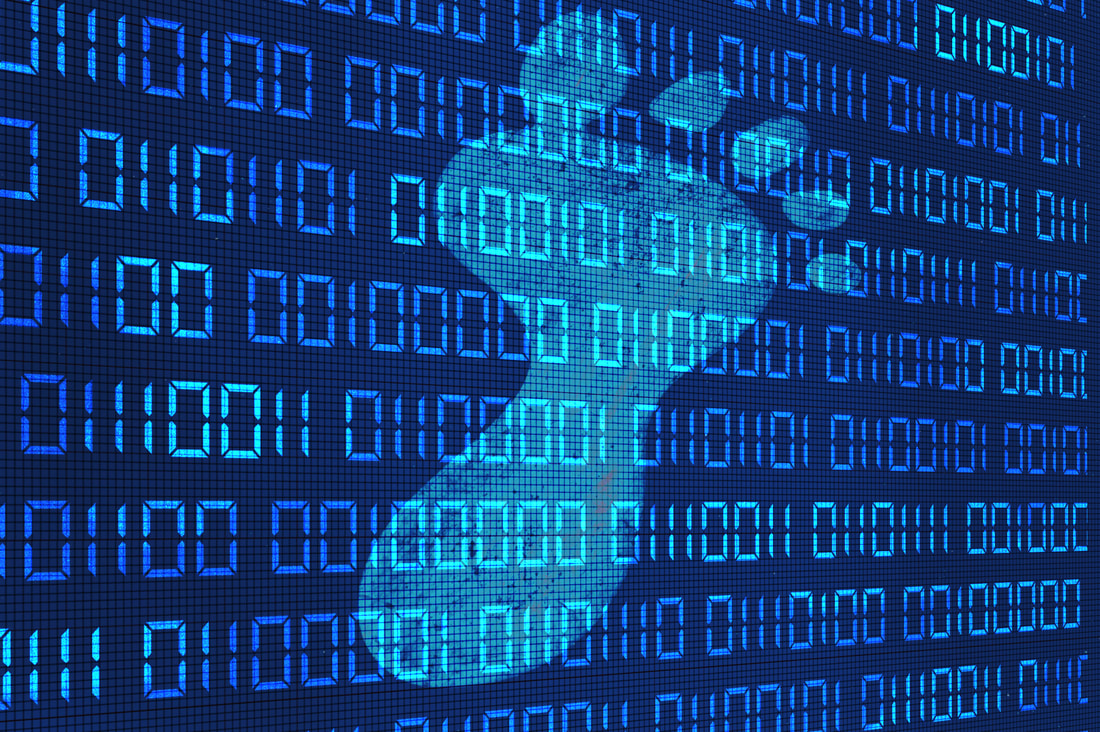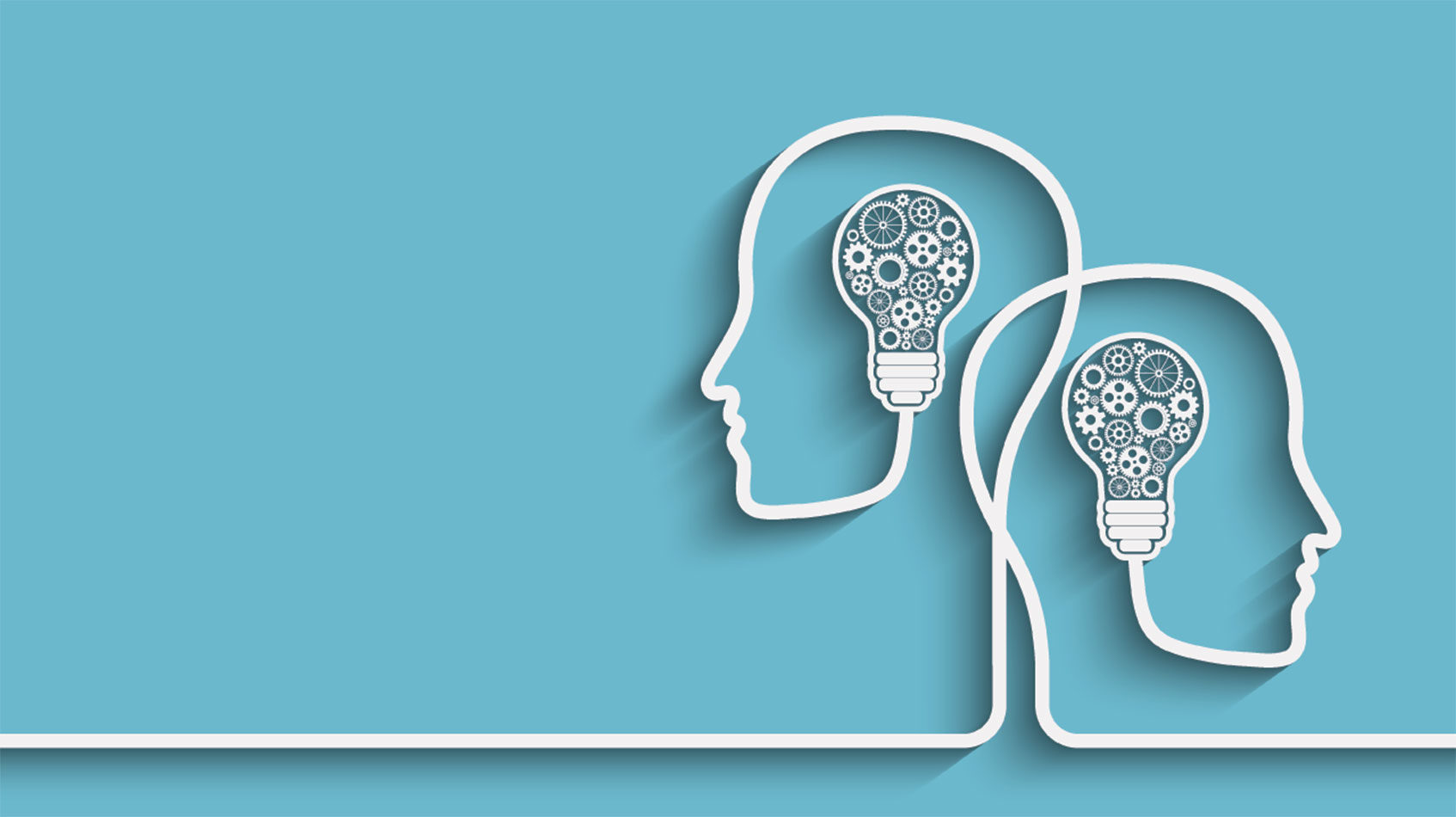For this week, we took a deeper look into the impact of technology. Specifically, we looked at how access to technology impacts our personal and educational opportunities, our digital footprint, and net neutrality. As we become more dependent on technology, it is important for us to assess the drawbacks to a more interconnected world, how our digital footprint impacts future opportunities, and how growing powers are working to increase the gap in digital access to the internet.
the downsides of the digital world
One of the startling things I have noticed is the amount of time children and teenagers are spending on digital is having a significant impact on their learning and wellbeing. In my own classroom, I can see the some of my students face pressure of having to ‘measure up’ in the digital world or others who are obsessed with video games and social media. Not only has there been a decline in literacy in our district, but also in oral language skills, and deeper, meta-cognitive skills. I have found over the years it has become more difficult to manage my students’ technology use in the classroom. Some like to use their phones to text, listen to music, or even call their parents. Furthermore, some of my students have been more negatively impacted by the explosion of technology than others. Students who were classified as economically disadvantaged had less access to devices and the internet than their peers.
With that said, technology has helped enhanced my teaching and learning activities. Still, as I stated last week, many of my students are lacking in basic computer skills and are just passive users of the internet. Some use social media to cyberbully or post immature comments on their profile. There is also the risk of identity theft. Students posting images or personal information could face serious liability (Fani, 2015). It is important as educators that we help our students grasp the benefits and dangers of the digital world and how to use it safely and responsibly.
our digital footprint
One of the things we as educators can do to better inform our students to become better digital citizens is about their digital footprint. A digital footprint or tattoo is the trail that you create when using the Internet (Christensson, 2014). It includes social media, electronic communication, and information submitted to online services. These footprints can be either positive or negative and can shape our online reputation as well as our experiences online.
However, some footprints can be intentional, while others are unintentional. For instance, we intentionally leave behind digital footprints when we submit something online (Christensson, 2014). Posting on social media or updating an ePortfolio of notable examples of this. The more we spend time on websites, like social media, the larger our footprint becomes. That is because many of these sites are stored on servers. Once something is posted online, it has the potential to be accessed and shared among anyone on the internet, even after being deleted. Unintentional digital footprint is a trail that was left back unintentionally (Christensson, 2014). Such as, a website server logging in someone’s IP (Internet Protocol) address after they visited the website, or someone’s search history which is saved by search engines.
While many of us have made mistakes in the past that we wish to forget, some of these mistakes are a part of the digital footprint and has the potential to follow us throughout our lives and career. While social media can be used for positive attributes, it can also pose some potential dangers. According to a study by Oregon Business Report, 45 % of employers used social media to screen job candidates. However, another study showed that 47% of employers would not call a person in for an interview if they could not find them online (Driver, 2020). Both studies showed that employers liked to gather information about the candidate or because it is expected for them to have an online presence. They want to ensure candidates have a professional online persona, and to see what other people are posting about them (Brink, 2015; Driver, 2020).
And it is not just employers who may be turned off by negative online reputations. College admissions, scholarships, and sport teams also use social media to screen potential candidates (Fani, 2015). For students to cultivate a digital footprint, it is important from them to start off with a positive online reputation. Or even if their current online footprint leaves much to be desired, they are several steps students can take to clean up and cultivate a digital footprint. First, students should do a quick research about themselves online. Check privacy settings so that they are aware of what they are sharing. They should use different, strong passwords, especially for email or banking. Remind them to think before they post. And lastly, build a positive reputation. Students should be encouraged to create an ePortfolio that includes blogs, videos, and pictures. Other good ideas include projects or works for employers to see.
the case for net neutrality
Lastly, this week I researched net neutrality, what it was and how it impacts us. Net neutrality is the idea that all traffic on the Internet should be treated equally. The FDC adopted the Open Internet rules designed to protect free expression and innovation on the Internet and promote investment in the nation’s broadband network. Without net neutrality, we the consumers would have had to deal with what author Long (2015) calls “paid prioritization.” What this means is that some providers will pay for a faster lane to provide their content to subscribers at a faster speed compared to others. The consequence of this is that small companies, public entities, and non-profits would not be able to afford this faster speed and would have been priced out by competitors. These public or small companies could have also had to pass on the costs to consumers to if they wanted to survive. If passed, education would have been directly affected as many people in the community rely on schools and libraries for free access to educational, research, and other digital collections. Free open-source tools would have had their speed throttled in favor of tools from for-profit companies. For instance, if a teacher is looking for materials and resources to use in their classroom, they would have had to rely on their content provider to decide what they could access. The number of startups would have decreased, which would have made it difficult for students to create and share digital content or create businesses. One of the nine principles for digital citizenship is digital access. Without the access to explore and communicate in the digital world, educators and students would not get the benefit of being able to fully participate in the digital society (Ribble, 2015).
References
Brink, C. (2015, January 9). 7 ways to clean up your digital footprint this spring. Family Online Safety Institute. https://www.fosi.org/good-digital-parenting/7-ways-clean-digital-footprint-spring
Christensson, P. (2014, May 26). Digital footprint definition. Tech Terms. https://techterms.com/definition/digital_footprint
Driver, S. (2020, March 23). Keep it clean. Social media screenings gain in popularity. Business News Daily. https://www.businessnewsdaily.com/2377-social-media-hiring.html
Fani, Anthony. (2015, July 29). Harmful digital footprint impacts that parents should know about. Family Online Safety Institute. https://www.fosi.org/good-digital-parenting/harmful-digital-footprint-impacts-teens
Johnson, S. (2009, July 9). Digital footprints – your new first impression. [Video]. YouTube. http://www.youtube.com/watch?v=eZjmrJvL_eg
Long, C. (2015). What net neutrality means for students and educators. http://neatoday.org/2015/03/11/net-neutrality-means-students-educators/
Ribble, M. (2015). Digital citizenship in schools: Nine elements all students should know. (3rd ed.). Eugene, OR: International Society for Technology.





Be the first to reply